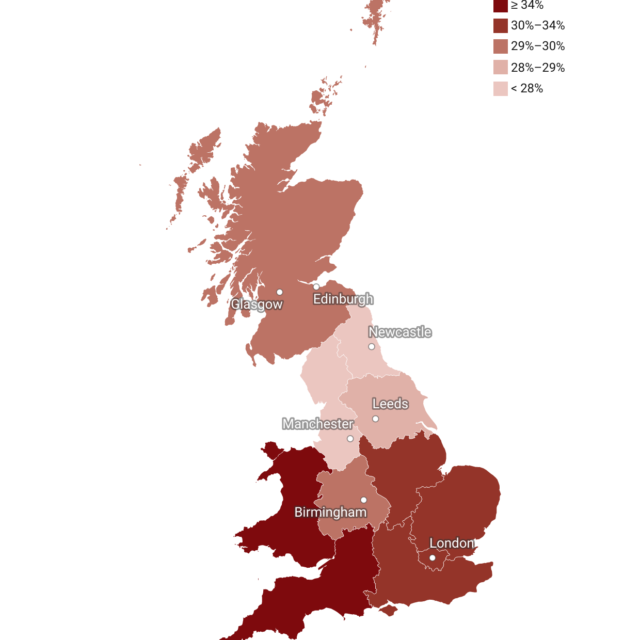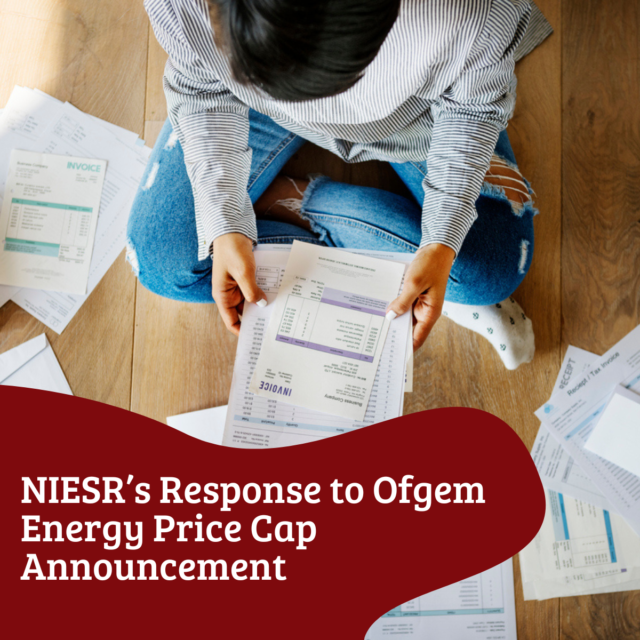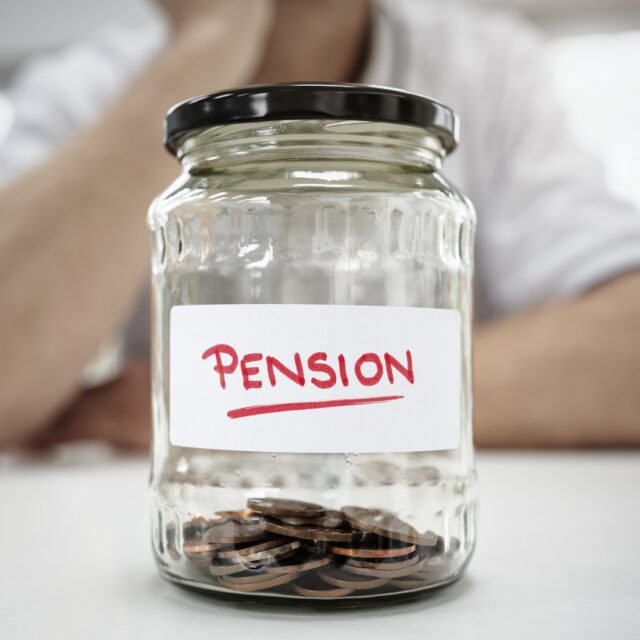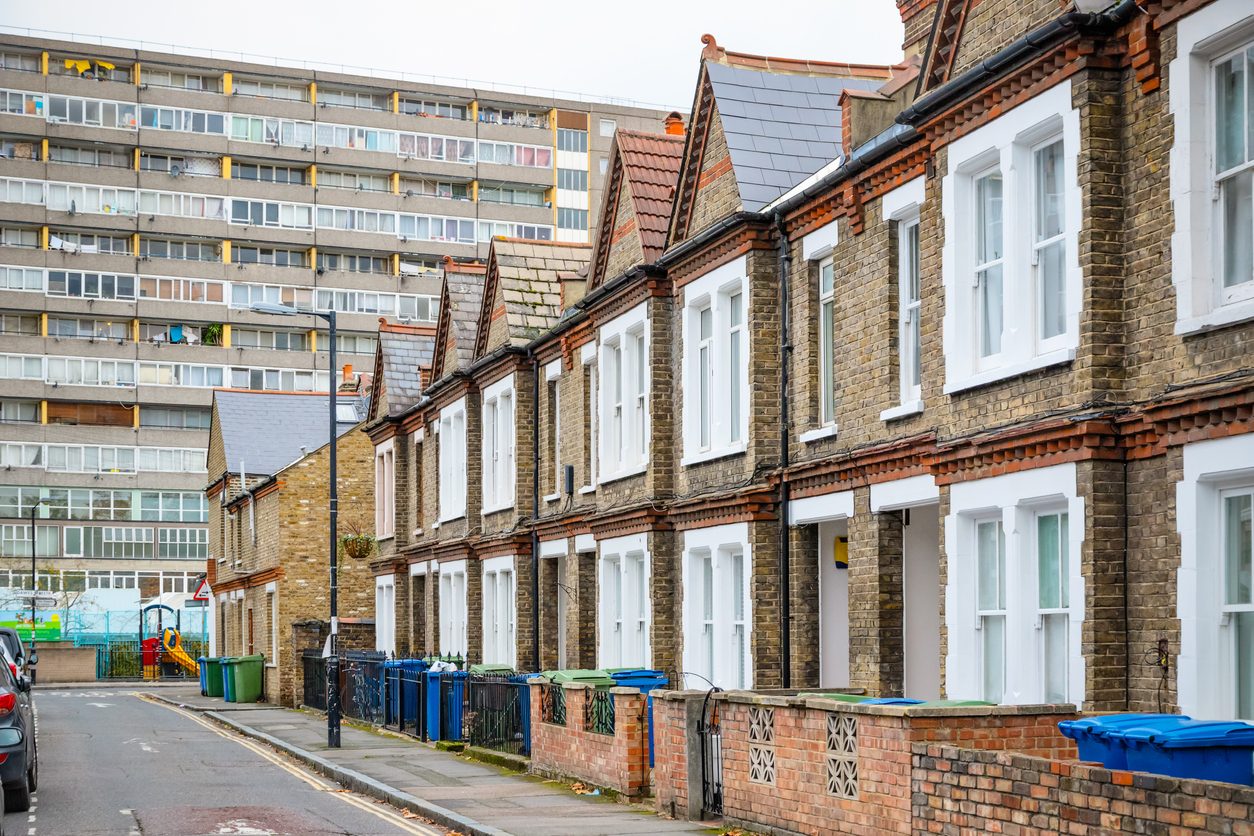How Can We Support Households with Energy Bills?
UK energy bills are set to rise at a time when wholesale energy prices are falling. That is because the government’s Energy Price Guarantee (EPG) will go up in April, with bills for a typical household increasing from currently about £2,500 to £3,000. Our Deputy Director Prof Adrian Pabst spoke with Max Mosely, an Economist in the Public Policy team, to discuss the distributional impact of rising energy costs and alternative policy options
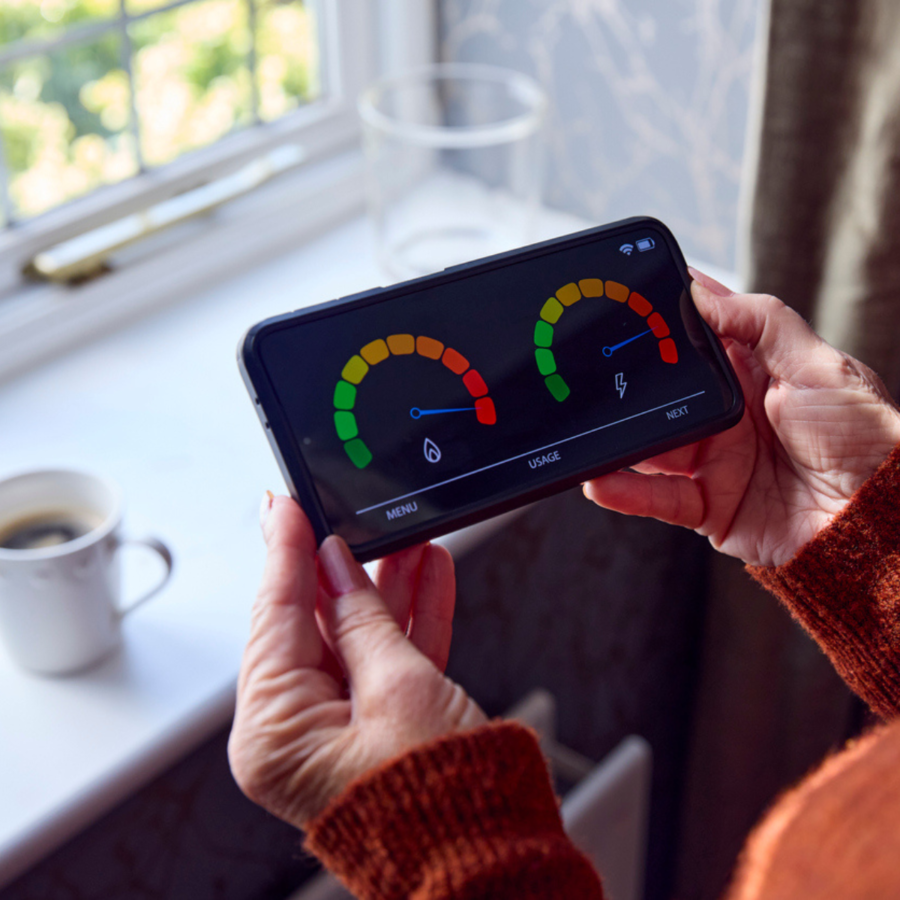
What has been the distributional impact of rising energy costs?
In our latest quarterly UK Economic Outlook published on 7 February 2023, we found that the effect of inflation has been mostly offset for the poorest households, as they are more likely to qualify for support via Universal Credit (UC) and the £900 cash payments announced in the Autumn Statement on 17 November 2022. However, more middle-income households who do not qualify have been left exposed. Indeed, the combined negative effects of high inflation and changes to taxes and benefits account for 0.5 per cent of the disposable income in 2022-23 for households in the bottom decile, whereas for deciles 2-5 the effects are between 7 per cent and 13 per cent.
Overall, all UK households were made poorer in 2022 as a consequence of rising inflation. Due to the bulk of the support being targeted through Universal Credit, such as the latest £900 cash payments, the poorest households have now seen less of a fall in their disposable incomes when compared to those on middle incomes (0.5 per cent net loss, compared to a significant net loss to real incomes of around 13 per cent). In concrete terms, for households in the 5th income decile with disposable incomes of just under £30k, this means a £4,000 loss for the financial year 2022-23.
What alternatives are there to the government’s proposed rise in the EPG?
We at NIESR have investigated two possible solutions that can lower energy bills in a meaningful way, while remaining both administratively possible within the medium-term and while remaining fiscally sensible. One of our ideas is to introduce a Variable Price Cap (VPC), which would raise the cost of energy with its usage, as energy companies will know the energy demand of a particular household. This works by exploiting the rule that income is positively associated with energy usage, so this would lower the bills of the poorest and be paid for by raising it for the most affluent.
Meanwhile, such an approach would incentivise lower energy consumption, as the economic reward for lowering energy usage is strong. Although this works in theory, it does not sufficiently protect low-income high-energy usage households such as disabled persons, those in colder parts of the country, those in poorly insulated accommodation, large families, etc. Their energy bills would be raised under such a system, which would misidentify them as ‘high income’ because they have higher than normal energy usage.
This is where the government’[s idea of the Social Tariff comes in. The idea in principle of energy companies already knowing which households are poor and vulnerable (like disabled households) would enable the reduction of their bills. Such a system would have already lowered the bills of those households who are exceptions to the rule, leaving a VPC to incentivise lower energy demand across higher income/non-vulnerable households.
How would a combination of the VPC and the Social Tariff Discount work?
Although the Chancellor has committed to this in principle at a recent Treasury Select Committee, the version he described was an automatic system, where the energy company would know who is low-income/vulnerable and apply a discount to them paid for with public money. The ambition here is commendable, but the level of data sharing between DWP, HMRC and all energy companies would be arguably one of the largest public policy challenges in recent years, rivalling that of furlough. We at NIESR do not take the view that this task is possible before April 2024, which the Chancellor has committed to.
Therefore, we would suggest that this system be an opt-in one. This would work by asking energy consumers to self-report their needs requirements (income-level, disability status etc.) to the energy provider which will determine if they qualify for support and apply a discount to their bills if they do. This system would mean that households are responsible for submitting evidence of their needs requirements, which would mean that the energy companies would not need the level of data integration mentioned above. The advantage of this, besides a substantially lower administrative cost to the tax-payer, would be that we no longer need to wait for this data-sharing exercise to be concluded in 2024. We could instead implement this opt-in system in 2023.
In our view, this is a better approach than the existing system of essentially a universal subsidy. Being targeted means it can be more generous to those who need it most because it is not devoting resources to higher-income households that have both sufficient disposable incomes and savings to absorb the energy price shock. It also means the government would be able to draw the line between who gets support and who does not far more precisely.
In short, NIESR proposes a combination of an opt-in social tariff system, which would discount energy for poor and vulnerable households, and a variable price cap, which would raise the cost of energy with usage. Such a scheme would provide a cost-effective way to reduce the energy bills for those who need it most while still incentivising lower energy demand. Allowing the social tariff system to be opt-in rather than automatic would make this a more administratively feasible policy that could be implemented in 2023 rather than at a later date.










